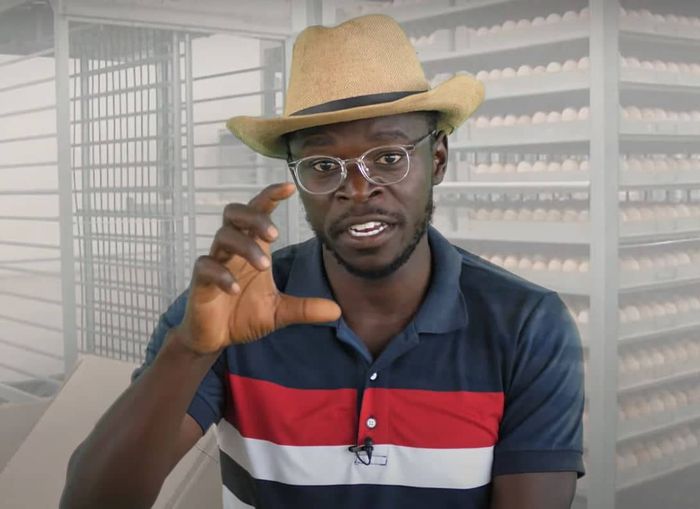The biggest problem in poultry, is hatching of chicks. What is the correct temperature, correct humidity or the correct type of machine to use?
The most important thing for a successful hatchery business, if you want to hatch the highest number of chicks is the egg. Get the correct source of eggs. Look for correct supplier. The eggs must be a maximum of 7 days old from the time they were laid. The eggs must be of medium size. Use of very small eggs or very big eggs is not recommended. Use an average size egg. The egg must be smooth shelled. Any egg that is rough shelled or soiled should not be used.
Eggs Transportation and storage
Transport the eggs using a smooth medium of transport. A fertile egg has got the zygote that is held in position at the centre of the yolk by a filament. Transporting using a shaky medium, the yolk will shake and the filament is cut and zygote becomes unstable thus cannot hatch.
After transporting the eggs, preserve the eggs with the wide side facing up and the narrow side down. Same principle applies when loading eggs to the incubator setter trays.
Incubation precautions
For you to maximise your hatching, give eggs at least 2 hours after transporting them and before putting them in the incubator. During this time you should have been running the incubator for the last 12 hours so that it stabilizes and you are able to check the systems are working.
Once you load the incubator, it is always advisable to never open the incubator or maximize on your output.
Running an incubator
Required temperature for egg hatching is 37.5 *C. The required set value for humidity is 65 between day 1- 18. When eggs are ready for hatching day 19- 22, temperature will be maintained at 37.5*C. The required humidity can alter depending on type of hatching a farmer wants.
For dry hatching, maintain 65 HH and for wet hatching adjust the humidity from 65 HH to read between 70-80 HH. I would recommend dry hatching out of experience.



















